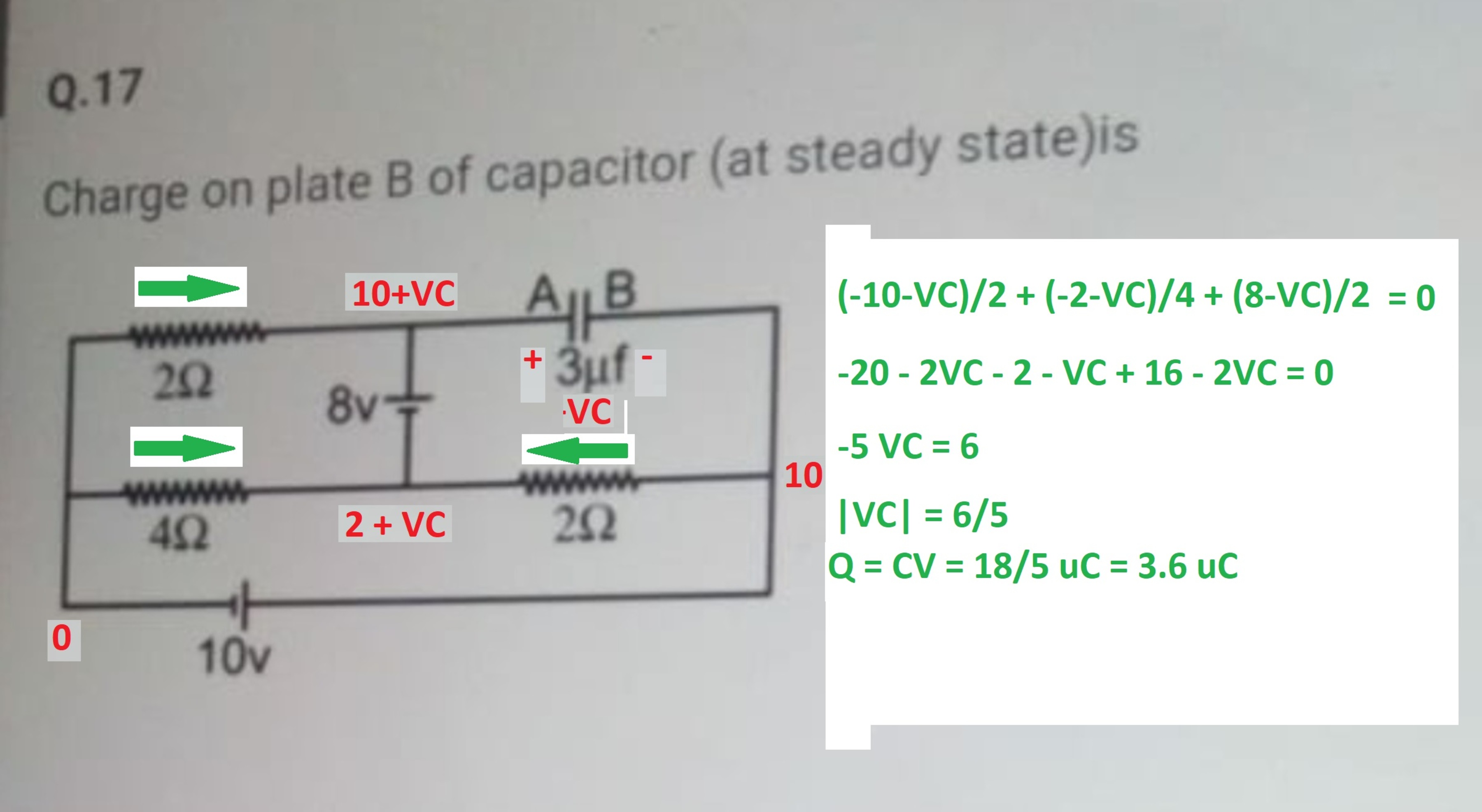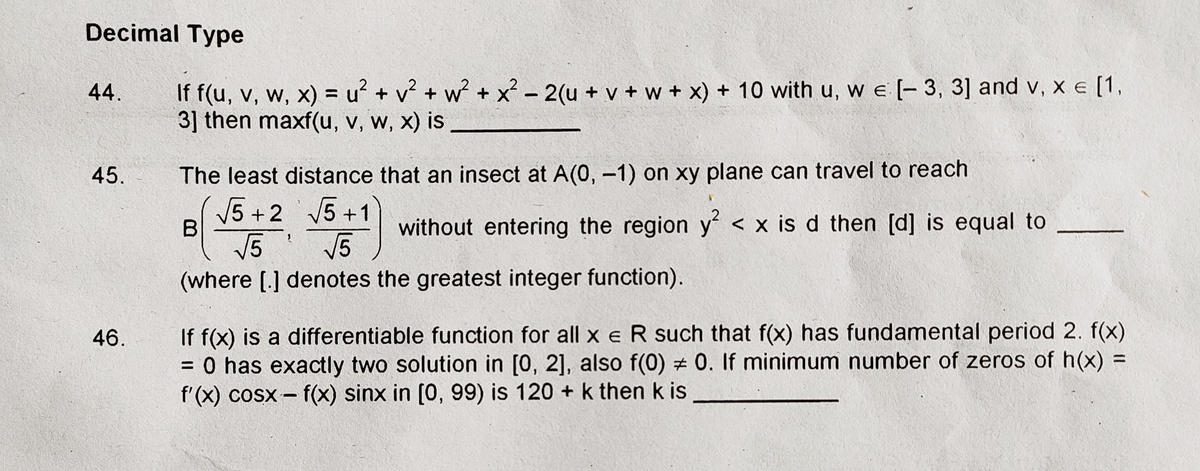Capacitor Charge Problem
Here is a question shared by Neeraj.

I have included in the image the analysis necessary to determine the steady state capacitor charge magnitude. The Python code below uses numerical integration to compute the evolution of the capacitor charge over time. Within about 20 microseconds, the code solution converges to the known steady state solution.

1 2 3 4 5 6 7 8 9 10 11 12 13 14 15 16 17 18 19 20 21 22 23 24 25 26 27 28 29 30 31 32 33 34 35 36 37 38 39 40 41 42 43 44 | |
No vote yet
1 vote
Easy Math Editor
This discussion board is a place to discuss our Daily Challenges and the math and science related to those challenges. Explanations are more than just a solution — they should explain the steps and thinking strategies that you used to obtain the solution. Comments should further the discussion of math and science.
When posting on Brilliant:
*italics*or_italics_**bold**or__bold__paragraph 1
paragraph 2
[example link](https://brilliant.org)> This is a quote# I indented these lines # 4 spaces, and now they show # up as a code block. print "hello world"\(...\)or\[...\]to ensure proper formatting.2 \times 32^{34}a_{i-1}\frac{2}{3}\sqrt{2}\sum_{i=1}^3\sin \theta\boxed{123}Comments
@Lil Doug
Yeah Very nice, I wanted this method only. Maybe this is long but its crazy.
Thank you so much.
Log in to reply
You're welcome. What is long?
Log in to reply
@Steven Chase The code is long for me. Maybe for you not because you are a experienced LPE.
Thanks again .
Log in to reply
Yeah, I think it took me about 3 minutes
Log in to reply
@Steven Chase it will take me minimum 10 min to type this code. You are a legend ,smart and stud.
@Steven Chase try the 45th problem